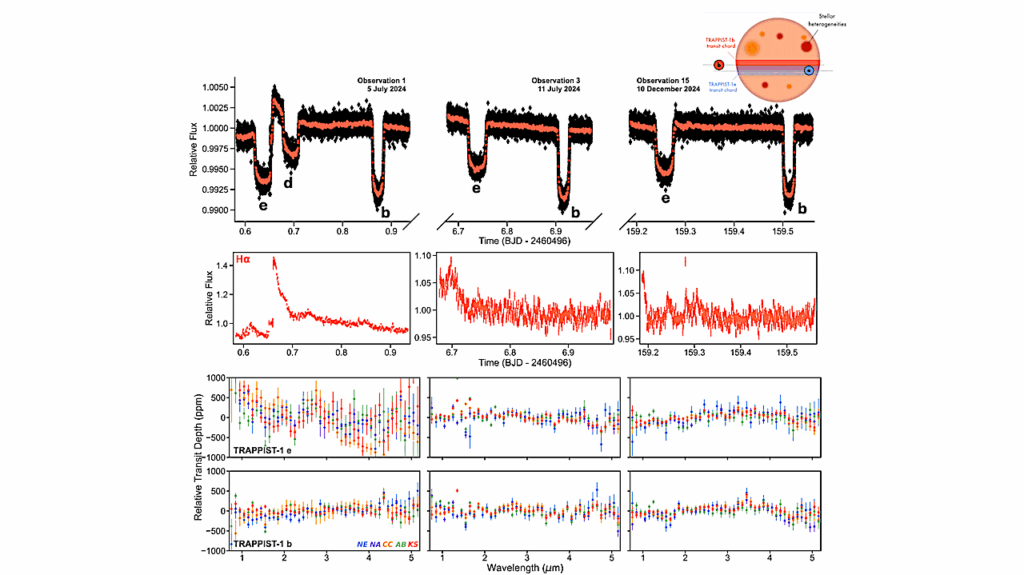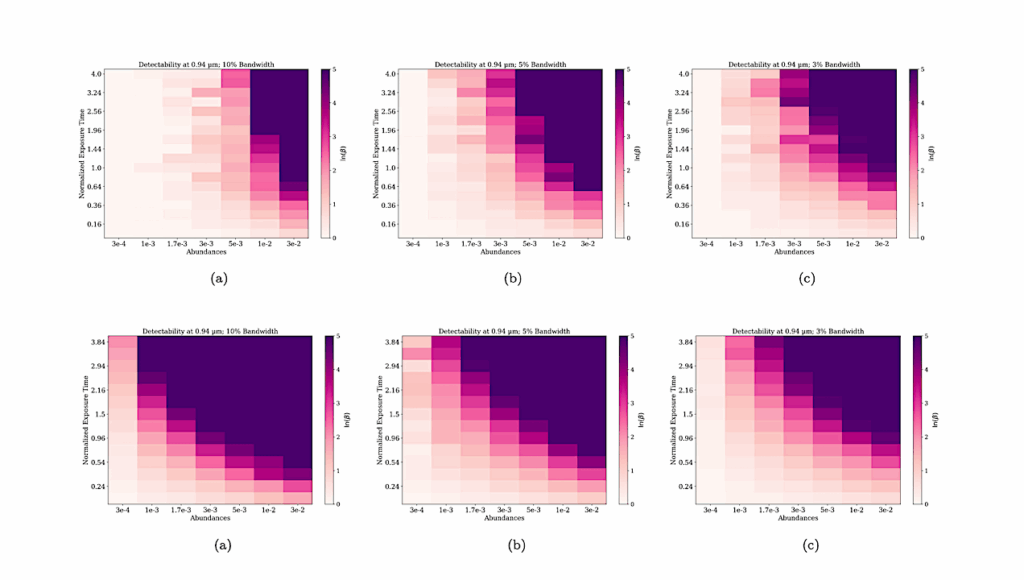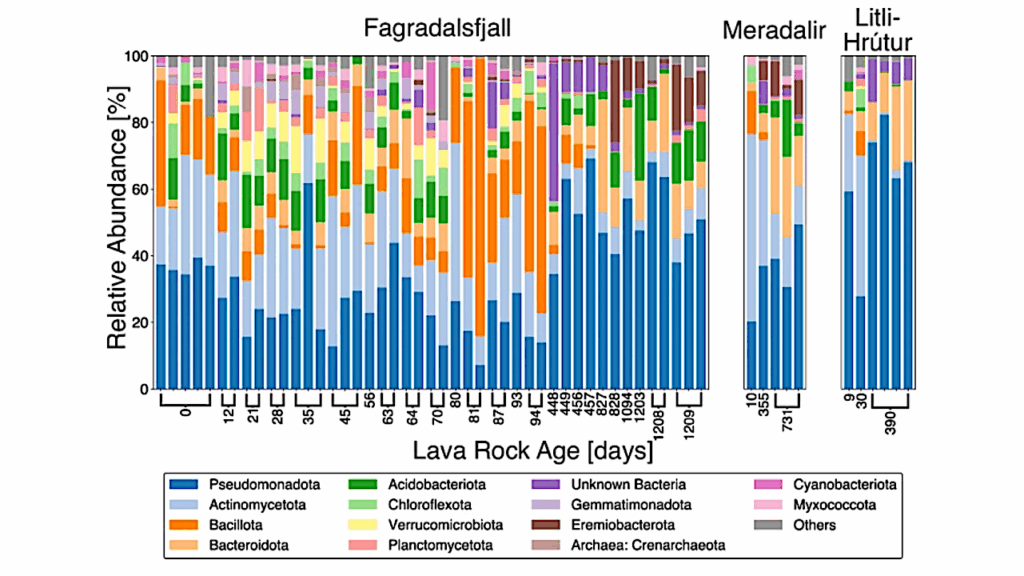Could Life Have Started On Mars? Planetary Conditions That Assemble And Destroy Protocells
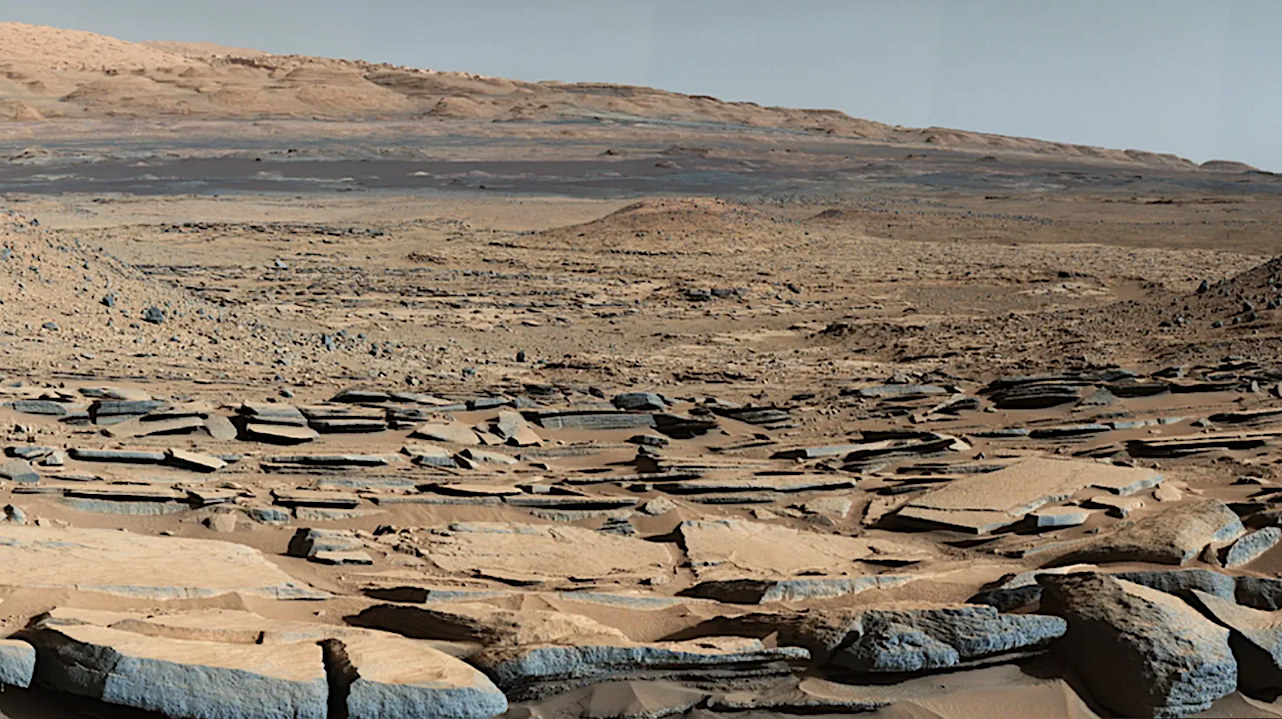
Early Mars was likely habitable, but could life actually have started there? While cellular life emerged from prebiotic chemistry through a pre-Darwinian selection process relevant to both Earth and Mars, each planet posed unique selection ‘hurdles’ to this process.
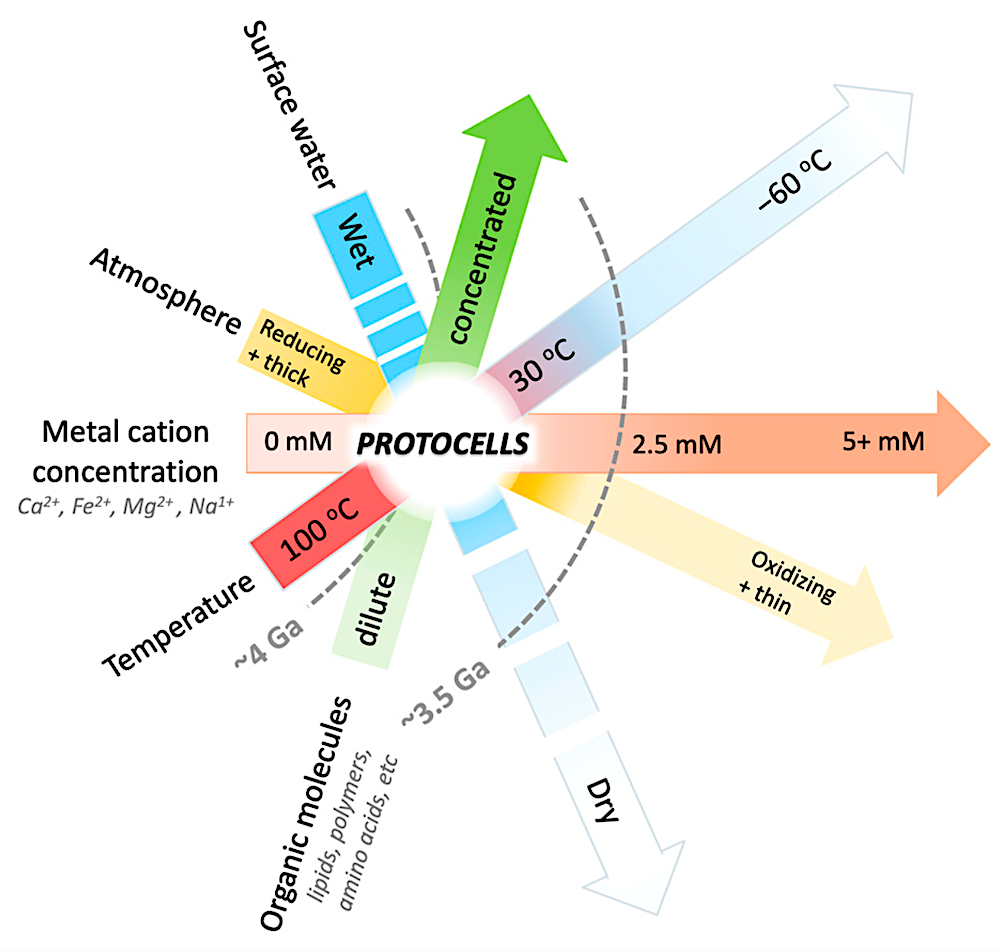
Urable Mars? Schematic representation of the atmospheric, hydrological, and geochemical conditions that would have favored protocell formation on early Mars (‘urable’ conditions). Each bar represents a range of environmental conditions. Combined space where bars overlap represent conditions under which protocells can form. White lines on the surface-water bar indicate cycles of hydrated and dehydrated conditions, including short-term (hours, days, or weeks) and long-term (years, thousands of years, or millions of years) cycling in times of episodic surface water on Mars. Mars is speculated to have been a favorable environment for protocell formation ~4 Ga [1], then shifted out of such urable conditions ~3.5 Ga (gray dashed line) when a drying event resulted in the loss of the atmosphere and surface water. From that time forward, the evolution from protocells to living cells would have been more challenging. Urability graph adapted from [1]
We focus on drivers of selection in prebiotic chemistry generic to Earth-like worlds and specific to Mars, such as an iron-rich surface. Iron, calcium, and magnesium cations are abundant in hydrothermal settings on Earth and Mars, a promising environment for an origin of life.
We investigated the impact of cations on the stability and disruption of different primitive cell membranes under different pH conditions. The relative destabilizing effect of cations on membranes observed in this study is Ca2+ > Fe2+ > Mg2+. Cation concentrations in Earth systems today are too low to disrupt primitive membranes, but on Mars concentrations could have been elevated enough to disrupt membranes during surface dehydration.
Membranes and RNA interact during dehydration–rehydration cycles to mutually stabilize each other in cation-rich solutions, and optimal membrane composition can be ‘selected’ by environmental factors such as pH and cation concentrations.
We introduce an approach that considers how life may have evolved differently under the Martian planetary conditions and selective pressures.

(A): Schematic diagram of a protocell. The structure of self-assembled fatty acids with encapsulated polymers is called a ‘protocell’. The contents and morphology of individual protocells are unique in lab and field settings [7,27]. Some protocells have characteristics that make them more physically robust than others, which forms the conceptual basis for protocells to undergo a primitive version of natural selection at a macro-molecular scale. (B): Micrograph of diverse fatty acid vesicle morphology in the presence of RNA. The size of membrane vesicles can vary from a few microns to 60 microns long. Vesicles can be spherical or tubular, and encapsulate various constituents from the surrounding solution, e.g., polymers and other lipids vesicles. Vesicles were made from lauric acid and glycerol monolaurate mixed with yeast RNA in a 4:1 weight/weight ratio in TEA buffer (pH 7.5). The solution was heated to ~40 °C and vortexed for 3 s. A 20 μL sample was dried on a microscope slide, then rehydrated with buffer to allow vesicles to encapsulate RNA [7,27]. After situating a cover slip on the slide, the preparation was photographed at 400× magnification. Note: an RNA stain was not used to confirm the localization of RNA inside these vesicles; see Section 2.3 for this demonstration.
Francesca C. A. Cary, David W. Deamer, Bruce F. Damer, Sarah A. Fagents, Kathleen C. Ruttenberg and Stuart P. Donachie
Life 2024, 14(3), 415; DOI: 10.3390/life14030415
https://www.mdpi.com/2075-1729/14/3/415
Astrobiology




